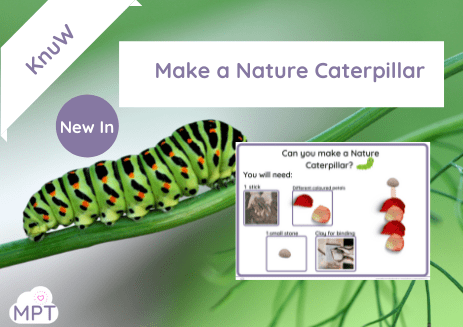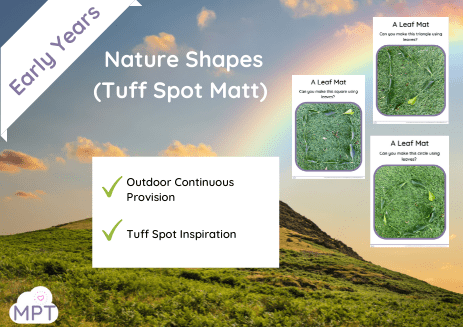Let the natural space help your class bond together with this very detailed and inspiring pack of ideas.
KS1 Robin Hood
Jul 23, 2020
Delve into this fascinating topic with active curiosity and some natural exploration. Full of curriculum-linked ideas, games, art and crafts and much more.
30 Minute Bug Craft Ideas
Jul 23, 2020
30 mins Bug Craft Ideas
KS1 Welly Walks
Jul 23, 2020
Use Welly Walks for Muddy Infants to get more lesson out in your local area. Maybe have a Welly Wednesday or Muddy Monday. Full of ideas o get imaginations, Science and more outside while walking.
KS1 Scientific enquiries
Jul 23, 2020
Need some coverage of children asking simple scientific questions? Use this pack to gain an instant boost and develop speech and language skills while connecting with nature.
KS1 Rainy Day Activities
Jul 23, 2020
Do you want to start taking more lessons out in the rain? Use this Rainy Day Activities Pack to take the curriculum outside in the rain. There is so much science, art and design, maths and literacy out there. You just need the muddy know-how.
KS1 Identifying and naming plants
Jul 23, 2020
Although we do not use fire in our approach we do use BBQs! Here are some around the world recipes to help you take some of your DT outside.
Year 2 Poetry Sunny Day
Jul 23, 2020
Use Sunny Day Poetry Class Year 2 to take a poetry class outside! No prep, just pick your device up, gather your kid and go outside!
Goldilocks & the Three Bears
Jul 23, 2020
Use Goldilocks & the Three Bears KS1 to take this much loved traditional tale outside using innovative and outdoor ideas that link in curriculum objectives.
KS1 The Three Little Pigs
Jul 23, 2020
Why not try Outdoor Learning P4C using nature to inspire you and help generate deep meaningful conversations and connections.
KS1 P4C
Jul 23, 2020
Use Muddy Infants P4C to take Philosophy for Learning outside using nature and the natural environment – get those ideas and imaginations flowing!
KS1 10 Phonics Tasks
Jul 23, 2020
Use this fun and an active pack of games to do daily phonics outside the muddy way!
Maths continuous provision ideas
Jul 23, 2020
Maths is one of the easiest subjects to take outside in KS2, you just need the know-how and we have the approach and the ideas to give you that know-how. Take that muddy step and start to make maths practical, visual and engaging.
KS2 10 and 100 more
Jul 23, 2020
Maths is one of the easiest subjects to take outside in KS2, you just need the know-how and we have the approach and the ideas to give you that know-how. Take that muddy step and start to make maths practical, visual and engaging.
Survivors topic Ideas
Jul 23, 2020
Do you have any Bear Grylls fans in your class? Use this inspiring idea pack to help you pick and choose ideas to take more of this topic outside using only natural resources. Does your class have what they need to survive?
All About Me
Jul 23, 2020
Use All About Me EYFS to get this fun Science topic outside the muddy way. Full of lots of creative, active lesson ideas.
Early Years Transport
Jul 23, 2020
Transport EYFS
Outdoor Easter Treasure Hunt
Jul 23, 2020
Easter Treasure Hunt -EYFS – Ages 3-5
New In

How to make a Nature Caterpillar (Tuff Spot)

Make a Nature Butterfly (Tuff Spot)

Nature Posters (Set One Phonics)

Colour in Nature Sheets (Robin)

Colour in Nature Sheets (Sunflower)

Class Temperature Record (Daily)

Class Weather Chart (Daily)

Nature Shapes (Tuff Spot Matt)

Sensory Walk in Nature




















